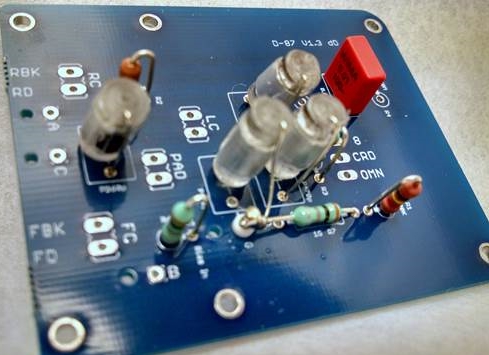icemanaman
Active member
- Joined
- Nov 28, 2014
- Messages
- 25
Hi guys!
Just about to start my build.
I have access to a Fluke 27 Multimeter in regards to checking resistance of R18 and R19.
I googled the specs and it says:
Resistance - Best Accuracy: ±(0.2%+1)
http://www.fluke.com/fluke/inen/digital-multimeters/Fluke-27.htm?PID=56055
So, is this good enough to just measure and determine value within the specified 0.4%?
I get the +/-0.2 part of the specs, but not the +1..
Anyone?
Just about to start my build.
I have access to a Fluke 27 Multimeter in regards to checking resistance of R18 and R19.
I googled the specs and it says:
Resistance - Best Accuracy: ±(0.2%+1)
http://www.fluke.com/fluke/inen/digital-multimeters/Fluke-27.htm?PID=56055
So, is this good enough to just measure and determine value within the specified 0.4%?
I get the +/-0.2 part of the specs, but not the +1..
Anyone?
























![Soldering Iron Kit, 120W LED Digital Advanced Solder Iron Soldering Gun kit, 110V Welding Tools, Smart Temperature Control [356℉-932℉], Extra 5pcs Tips, Auto Sleep, Temp Calibration, Orange](https://m.media-amazon.com/images/I/51sFKu9SdeL._SL500_.jpg)









